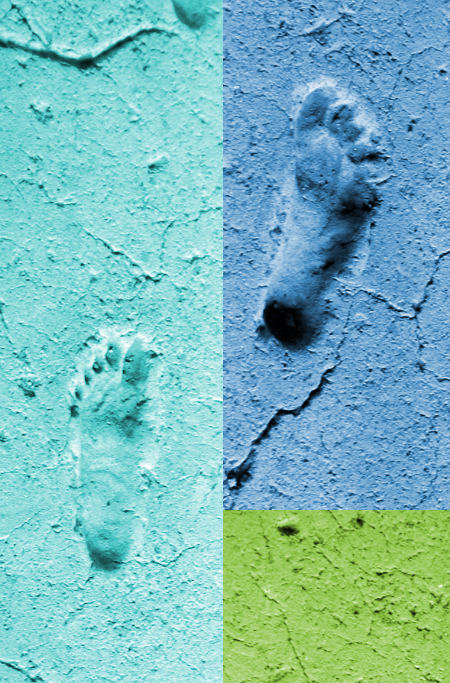Peopling patterns re-traced
 A new study has unveiled insights into the migration patterns of the first humans to the landmass that became Australia.
A new study has unveiled insights into the migration patterns of the first humans to the landmass that became Australia.
Sahul, a prehistoric supercontinent that included present-day Australia, New Guinea, and Tasmania, existed from around 75,000 to 35,000 years ago.
Using a newly developed model of landscape evolution that integrates climatic changes, researchers have gained a more nuanced view of Pleistocene archaeology by exploring how dynamic landscapes influenced human dispersal across Sahul.
“The new landscape evolution model allows for a more realistic description of the terrains and environments inhabited by the first hunter-gatherer communities as they traversed Sahul,” explained Dr Tristan Salles.
He said the model illustrates the interaction between evolving landscapes and human mobility, suggesting a mix of short-distance movements interspersed with longer exploratory treks, typical of hunter-gatherer travel patterns.
To investigate the initial peopling of Sahul, the research team conducted thousands of mechanistic simulations on evolving landscapes.
They analysed migration starting from two primary entry points: a northern route through West Papua approximately 73,000 years ago and a southern entry from the Timor Sea shelf around 75,000 years ago.
The simulations helped map likely migration paths and identify regions in Australia with high archaeological potential.
“One aspect that has been mostly overlooked when evaluating this spread of first humans across Sahul is the impact of climate-driven evolution of Earth’s surface geography during the time of migration,” says Associate Professor Ian Moffat, an archaeological scientist at Flinders University and co-author of the study.
While the model did not pinpoint specific routes, it indicated a radiating wave of migration, following riverine corridors and coastlines.
This aligns with existing theories about indigenous pathways, often referred to as 'super-highways', which likely included routes east of Lake Carpentaria, along southern corridors south of Lake Eyre, and through the Australian interior.
The researchers believe this model not only sheds light on past migrations but could also direct future archaeological discoveries by highlighting areas that may have experienced significant erosion or sediment deposition.
They also suggest that the methodology could be applicable in other regions to enhance the understanding of human migrations globally, including the journey out of Africa.
The full study is accessible here.







 Print
Print


